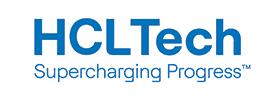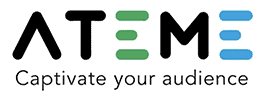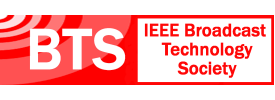- About
- Members
- Sponsors
- Subcommittees
- Technical Documents
- News
- Events
- Spotlight ATSC 3.0
- Contact Us
- Member Login
- Member Meetings
- Advanced Search
Search Site
Member Links
- About
- Members
- Sponsors
- Subcommittees
- Technical Documents
- News
- Events
- Spotlight ATSC 3.0
- Contact Us
- Member Login
- Member Meetings
- Advanced Search
Someone You Should Know – Kerry Oslund, The E.W. Scripps Company
Posted on June 8, 2021 in ATSC News
Kerry Oslund is excited about NextGen TV’s future, but ATSC 3.0 also has him tapping into the exhilaration of innovations of the past as Vice President of Strategy and Business Development for The E.W. Scripps Company.
“Except for vividly remembering Walt Disney’s ‘Wonderful World of Color,’ I wasn’t old enough to fully appreciate the debut and ramped adoption of color TV. Maybe this is what that felt like then,” he said. “There is a lot of cooperative engineering and joint technology development most consumers will never know about, followed by amazing new content experiences we can’t imagine living without. “
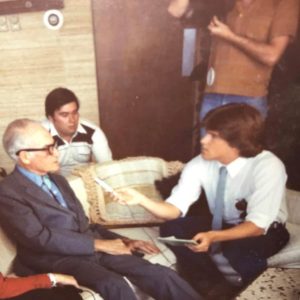
Oslund is a part of ATSC’s Planning Team 5 which focuses on using NEXTGEN TV in automotive applications. Scripps is part of the Motown 3.0 Test Track in Detroit, where, along with CBS, FOX and Graham Media, the company set aside 3.0 capacity for the exclusive use of auto industry testing.
“I’m a broadcast TV journalist that fell in love with the business of the industry. As extensions of our TV brands moved online, I became fascinated with the ways we were beginning to deliver video over the internet,” said Oslund. “It was becoming clear that video, as we knew it, and the internet, as we imagined it, were being thrown into a blender, miniaturized and mobilized.”
Oslund earned his bachelor’s degree in broadcast journalism from Arizona State University and paid for his education by working in a TV newsroom. He ultimately advanced to journalism leadership. Oslund says he is most looking forward to the deployment of ATSC 3.0’s lifesaving emergency alert features like opt-in “TV wake-up” and the improved separation between dialogue and background audio.
“NEXTGEN TV is ready, but the standard itself can always be advanced through the ATSC candidate standard processes. I think of it like TV’s version of a Constitution – a brilliant, co-authored set of instructions that may be changed or amended through a rigid process.”
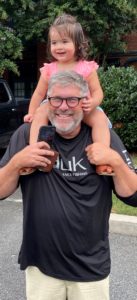
“The impact on the broadcast industry will look more like a five-year overnight success story. I think we’ll initially increase yield through addressable advertising and direct
measurement. I can’t see the future, but my experience tells me that’s where a bulk of early incremental dollars will start. As it did with the last big standard change, there will be new kinds of content experiences and new kinds of entrepreneurs that create them.”
Kerry and his wife Mary Ann have four adult children and two grandchildren. They split their time, working remotely, for now, between Atlanta and southwest Michigan.
A water sports and Traeger guy, Oslund’s neighbors get a lot of smoked meat. “Which makes me wildly popular – the kind of adoration I can’t find at work for some reason,” Kerry jokes.
Posted in ATSC News
News Categories
News Archives
Subscribe
Subscribe to The Standard, our monthly newsletter. Learn More
Join ATSC
ATSC is a membership organization with both voting and observer categories. Voting members include corporations, nonprofit organizations, and government entities, and they participate actively in the work of ATSC. Observers are individuals or entities not eligible to be a voting member.
Subscribe to our Newsletter
Subscribe to The Standard, our monthly newsletter, to stay up-to-date with ATSC news and events around the world.
Site Links
Contact Us
ATSC
1300 I Street NW, Suite 400E
Washington, DC 20005 USA
Do you have questions about ATSC?
About ATSC
ATSC, the Broadcast Standards Association, is an international, non-profit organization developing voluntary standards and recommended practices for digital terrestrial broadcasting. Serving as an essential force in the broadcasting industry, ATSC guides the seamless integration of broadcast and telecom standards to drive the industry forward. Currently, the ATSC 3.0 Standard is providing the best possible solution for expanding the potential of the broadcast spectrum beyond its traditional application to meet changing needs. From conventional television to innovative digital data services, ATSC has one clear goal: to empower the broadcasting ecosystem like never before.
© 2025 ATSC





